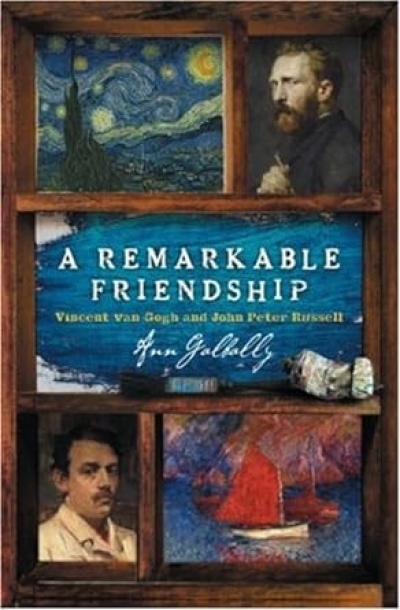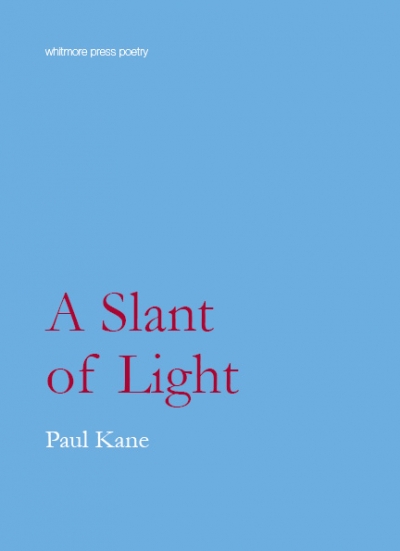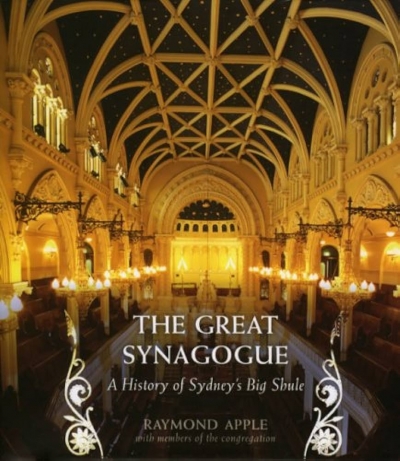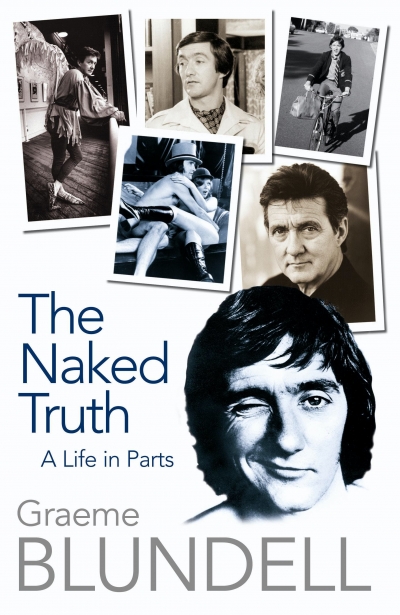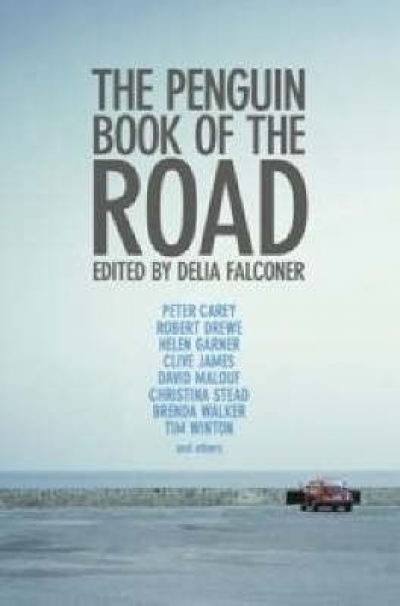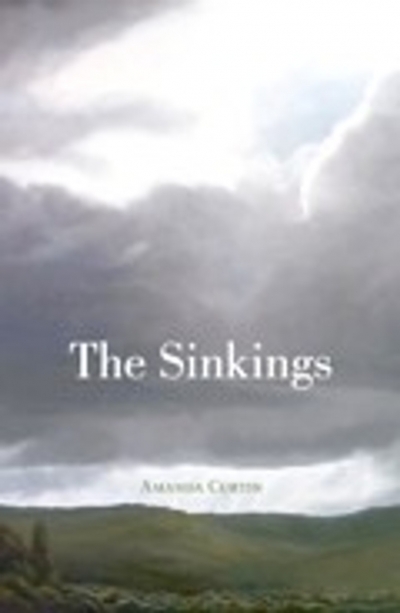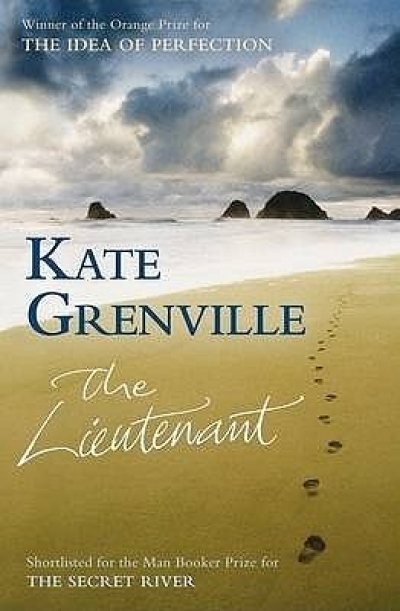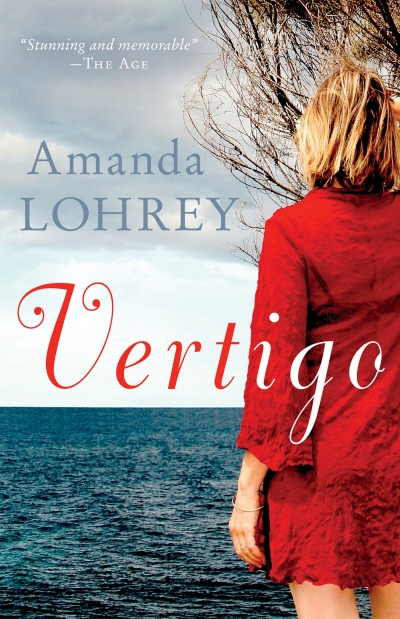Archive
A Remarkable Friendship: Vincent Van Gogh and John Peter Russell by Ann Galbally
by Fiona Gruber •
A Slant of Light by Paul Kane & A Tight Circle by Brendan Ryan
by Toby Davidson •
I grew up reading rubbish and then reread it all again when I got older and called it nostalgia ... (read more)
The Great Synagogue: A history of Sydney’s big shule by Raymond Apple
by Yossi Klein •

